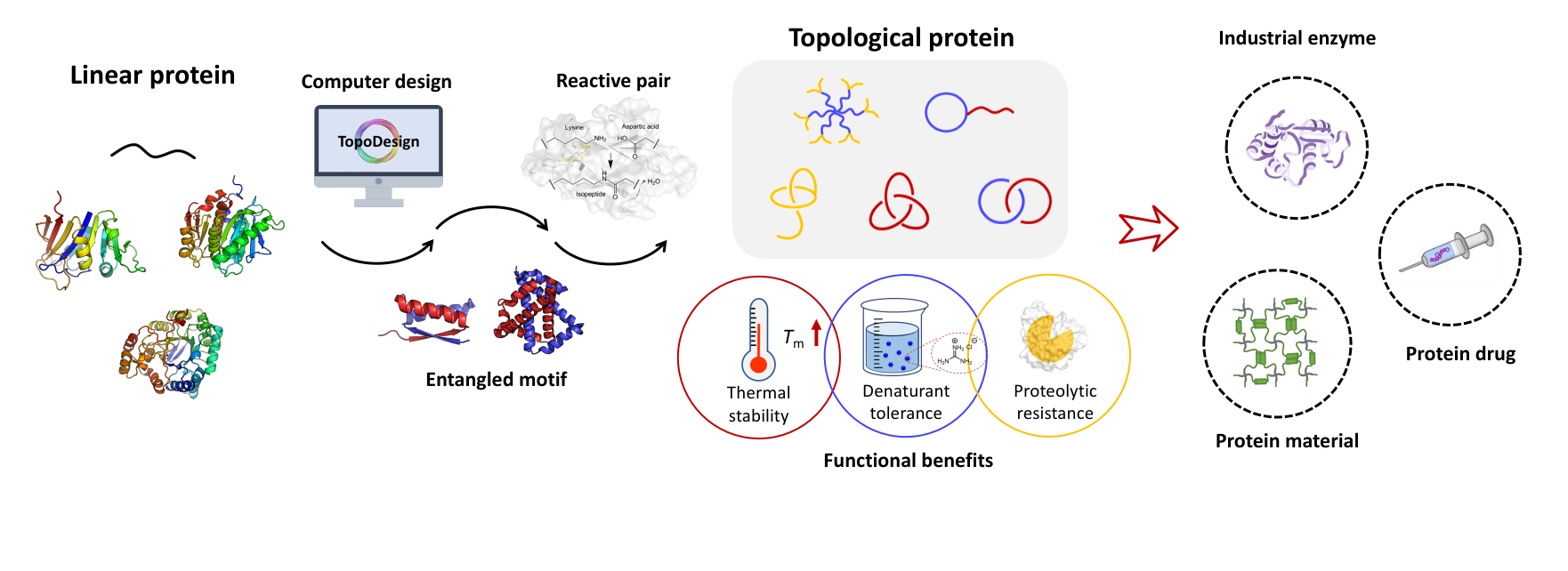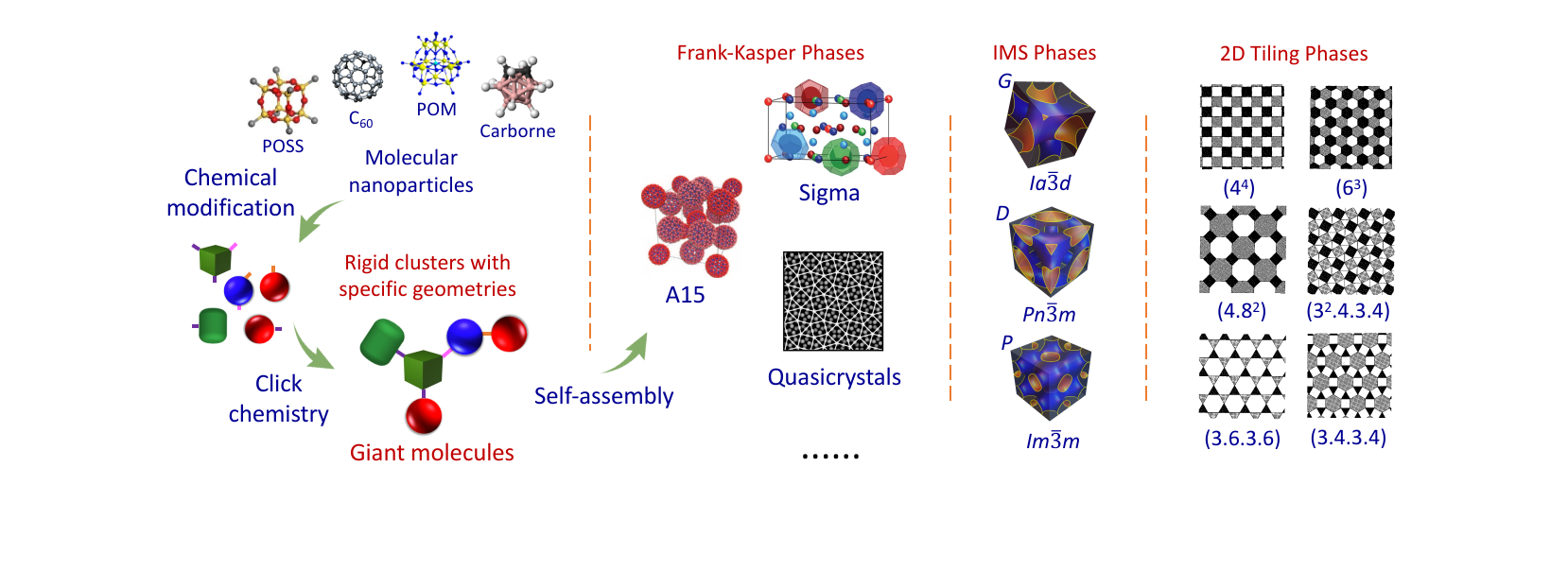箴言
在科学上没有平坦的大道,只有那些不畏艰险沿着陡峭山路攀登的人,才有希望达到光辉的顶点。
----马克思
-----------------------------------------------
合作研究
请有兴趣的研究组联系我们。欢迎任何形式的合作,尤其是在自组装、水凝胶以及生物医药等方向的合作。
------------------------------------------
研究成果
Wang, J.; Li, C. Y.; Jin, S.; Weng, X.; Van Horn, R. M.; Graham, M.; Zhang, W.-B.; Jeong, K.-U.; Harris, F. W.; Lotz, B.; Cheng, S. Z. D.* Helical Crystal Assemblies in Non-Racemic Chiral Liquid Crystalline Polymers: Where Chemistry and Physics Meet. Ind. Eng. Chem. Res. 2010, 49, 11936-11947. [Link] [PDF]

Abstract
Chirality transfer (or amplification) in soft materials is an important topic for understanding how chiral assemblies develop from the atomic level to macroscopic objects. This is an interdisciplinary area which is critically associated with the evolution from asymmetric chemistry to asymmetric physics, and, more specifically, in biomaterials, liquid crystals, and polymers. In this review, we discuss our recent studies on the conditions for chirality transfer across different length scales. We observed that the formation of helical structures in different length scales is a typical process in chirality transfer. This is illustrated by a series of nonracemic chiral main-chain liquid crystalline (LC) polyesters, PETs(R*-n). The polymers contained a different number of methylene units in the chain backbone (from 7 to 11). All of the PETs(R*-n) macroscopically exhibited an LC chiral smectic C (SC*) phase, a chiral smectic A (SA*) phase, and a twist grain boundary smectic A (TGBA*) phase with increasing temperature. The atomic chiral centers caused the helical conformation, and then, helical lamellar crystals were found in these polymers. The crystal structures were determined by X-ray diffraction and electron diffraction techniques. Dark field transmission electron microscopic images revealed that the molecular orientation in these helical crystals is double twisted. Our systematic studies showed that chirality transfer from one length scale to another is neither automatic, nor necessary, and it critically depends upon the packing scheme of the chiral building blocks on each length scale. It was particularly surprising that in this series of polyesters, the odd−even effect exists across many length scales. This includes not only thermodynamic properties such as the SC*, the SA*, and the TGBA* LC phase transition temperatures, but also the helical crystal handedness.





